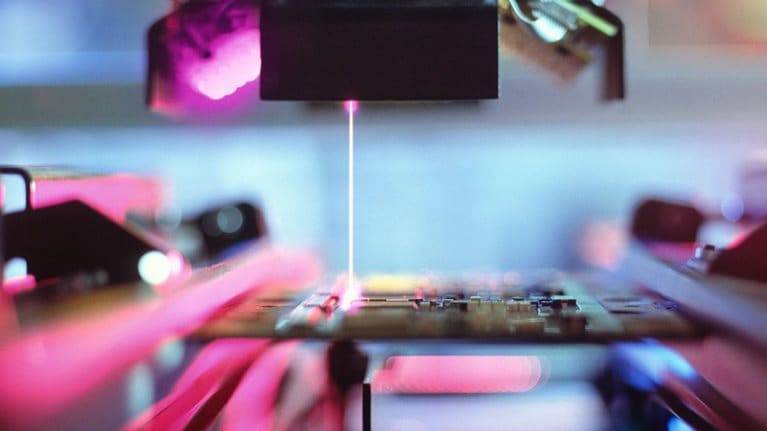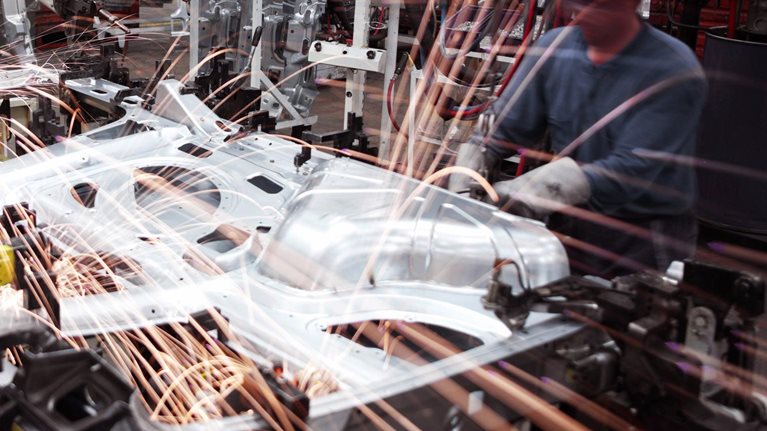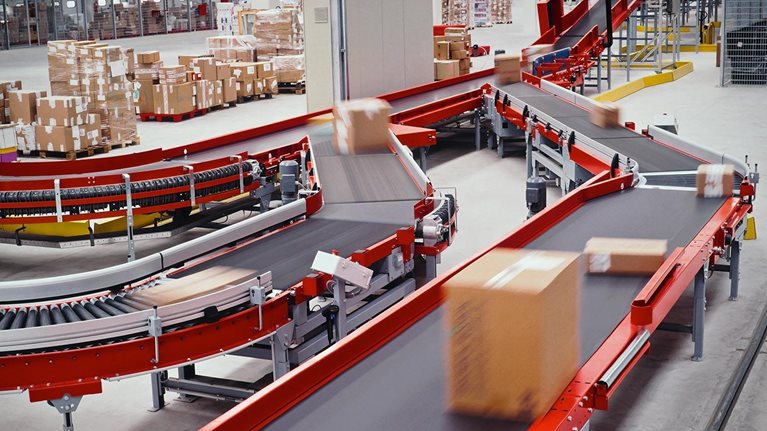A digital transformation is coming to industrial sectors such as chemicals, manufacturing, mining, and oil and gas. Companies in these sectors generate huge amounts of data but use only a small fraction of it. Industrial leaders are seeking new ways to capture more of this data and use it to speed innovation, boost efficiency, and customize products for ever more demanding customers.
To understand what’s happening today and to get a glimpse of the future, Richard Kelly, who leads McKinsey’s North America Digital Manufacturing Service Line, chaired a panel discussion with three experts: Bill King, the chief technology officer of the Digital Manufacturing and Design Innovation Institute (DMDII); Joe Salvo, the manager of GE Global Research’s Complex Systems Engineering Laboratory; and Lou Rassey, a Chicago-based entrepreneur in digital technology and an adviser to DMDII. An edited transcript of the panel discussion follows.
Interview transcript
A rapidly evolving landscape
Richard Kelly: Joe, you’ve seen digital transformation play out. Tell us what you’ve seen and what excites you about it.
Joe Salvo: We’re entering an inflection point here where the availability of computing power, memory, and the literal connectivity around high-speed networks is making our ability to connect factories—and the knowledge that’s required to run factories—a reality. We couldn’t do this effectively as little as five years ago. Because of Moore’s law and Metcalf’s law, the speed that computing power and memory is being made available to us is on an exponential curve. That’s why it seems to come out of nowhere. So why weren’t we doing this five years ago? Well, it wasn’t easily done five years ago. But now we have the software capability and the IT capability to embed this kind of fabric into everything we do in the manufacturing realm, from ideation through modeling, simulation, testing, and then the actual manufacturer service, and even through the decommission step.
We are creating a true digital thread now that is going to change the nature of how a manufacturer interacts with its customer and how a customer interacts with the manufacturer. We have often thought of large industry as evolving to take advantage of the scale factors around cost and supply-chain efficiencies. But now, with this digital fabric, we can rethink how we manufacture and how we customize designs to individuals. And rather than looking at the statistical attributes of pools of objects that we create in our factories, we can literally understand each individual item and component all the way through the process, from design to decommission. So it changes everything we do and how we interact with data.
Richard Kelly: Lou, tell us about the staggering growth in data, and the demand for manufacturing, that will help drive the digital revolution.
Lou Rassey: Joe talked about this wave of technology—which is happening in parallel with these technology advances—as a massive shift in demand for manufactured goods on the planet. Over the course of the next ten years or so, there’s going to be a doubling of demand for manufactured products, a doubling of consumption on the planet. There’s going to be another couple billion people that enter the consuming class, and another $20 trillion or so of value add that gets created in the manufacturing economy. And so, as we look at this movie that’s playing out, we’re seeing a real need for innovation in how we design, make, deliver, and service products to meet the demand that the planet’s going to have. As you see these two forces coming together, you get the sense of a very exciting road ahead.
Creating value through digital manufacturing
Richard Kelly: Bill, what’s the big picture?
Bill King: Manufacturing generates more data than any other sector of the economy. It’s staggering to think about. More data than healthcare, more data than retail, finance. When we talk to manufacturers, they mostly throw away the data. Where they keep it, they don’t know what to do. So we have imagined DMDII as a big greenfield opportunity—a massive opportunity to go and capture this data and to turn it into real value. With our technical advisory committee, we have identified what the sources of value are for digital in manufacturing and how we can create a portfolio of pilot projects that demonstrate how that value can come to life.
Richard Kelly: How will digital manufacturing create value for the companies that use it?
Bill King: I want to talk about three particular thrusts that we have going on, which I believe are the biggest sources of value for digital manufacturing. First is the link between designers and makers. Second is knowledge capture, knowledge management, and the digital worker.
The link between designers and makers is perhaps the biggest pool of value. Today, what happens is that the people who design things and the people who make things are separated. They’re separated by technology, by organizational barriers. In many cases, the designer and the maker work for different firms. Perhaps they work on different parts of the planet.
When a designer has an idea and wants to bring something to life, there are all these obstacles to interacting with the maker. The designer’s intent is often lost, typically lost in discussion with the maker, and the things that the maker knows how to do are typically lost in bringing it back to the designer. So how can we get these disparate groups to collaborate? Part of this is about the technology platform for virtual collaborations and providing digital links between designers and makers. And part of this is creating awareness and showing the business case for design/make link.
Richard Kelly: The digital revolution will be fueled by unprecedented growth in two areas: electronic connections among people and things, and the instant availability of massive amounts of data. How will this revolution change the way people look at challenges and create value?
Lou Rassey: Chrysler and all of its factories and design studios and its complex supply chains—there is a lot of hard work to design, make, and build a car. Interesting note: Chrysler is valued at about $10 billion.1 Take a look at Uber. Does anyone know Uber’s valuation today? Fifty billion today. It just keeps going up. And so you ask yourself the question, “Which of these companies is more asset intensive?” This is the first challenge for us all. We say, “What needs to change in a digital world?”
In fact, all of us who said Chrysler, in a digital world we’re wrong. In a digital world, data is the asset. Uber has mastered how to get data about transportation—who wants to go where, when, and how. Now they’re using that data to expand their service from just people transport to lunch transport to grocery transport. And so they’ve taken this notion of, “Hey, the transportation industry isn’t defined necessarily just by the physical asset; data is a powerful asset.” And so to your question, Richard, about what needs to change for big companies or small companies? It’s rethinking how value can be created in their industry and recognizing how data can be an asset to unlock additional value. That’s the first thing.
I think the second thing is this idea of—look, it can be intimidating to big companies to figure out, “What is this world going to mean for me? What do I do?” You need to put real thought into what that strategy looks like in the long term. I know many companies are working on that longer-term, big-strategy question. At the same time, what we see is a need to get moving, a need to make some small bets, so you start getting into this digital world.
Opportunities and challenges
Richard Kelly: Can you give us an overview of the opportunities and challenges manufacturers face as they enter the new era of digital manufacturing?
Joe Salvo: When you’re in a manufacturing regime like GE, we are trying to predict what the customer’s going to need—every quarter, every week, every hour, to be honest. Because our customers don’t want any downtime, they want total satisfaction of what they want, when they want it, and they can’t always tell us what that is.
Bill King: I would just say that, for big manufacturing incumbents, there are threats, and there are opportunities. We are still in an early stage of the digitization of manufacturing as an industry. But if I’m a manufacturing company, I need to think hard about what I am going to do and who the partners are that I need to do it with in order to be successful. I think history shows that when digital technologies hit an industry, there’s no incumbent that can do it on its own. You have to grow new things, and you have to find new partners. If I am an entrepreneur or a student, this is a whole world of new opportunity. Huge opportunities for wealth creation and new business growth, and that’s very exciting.


